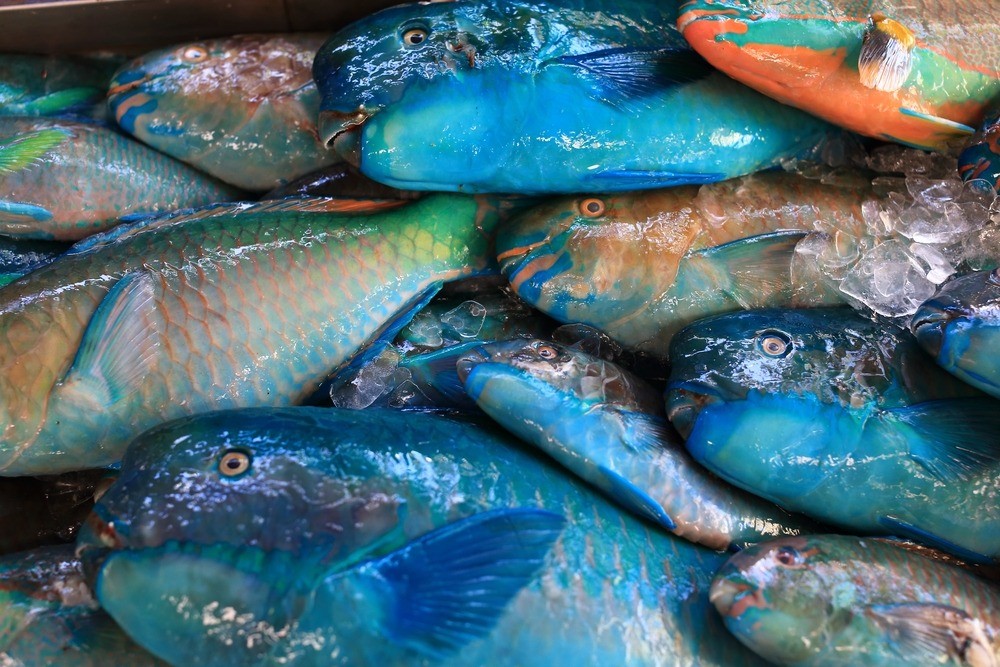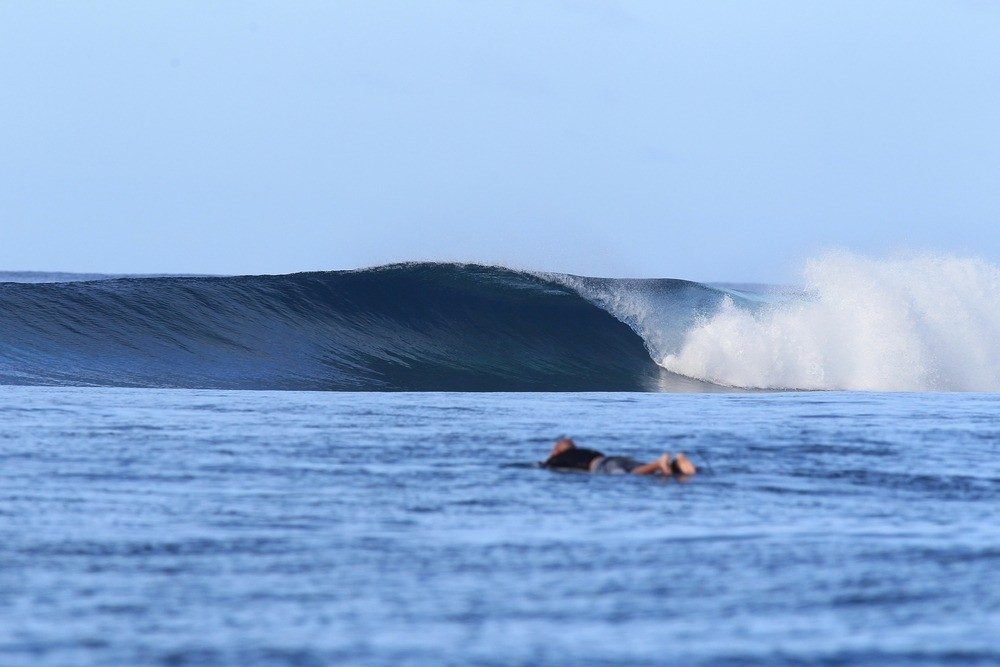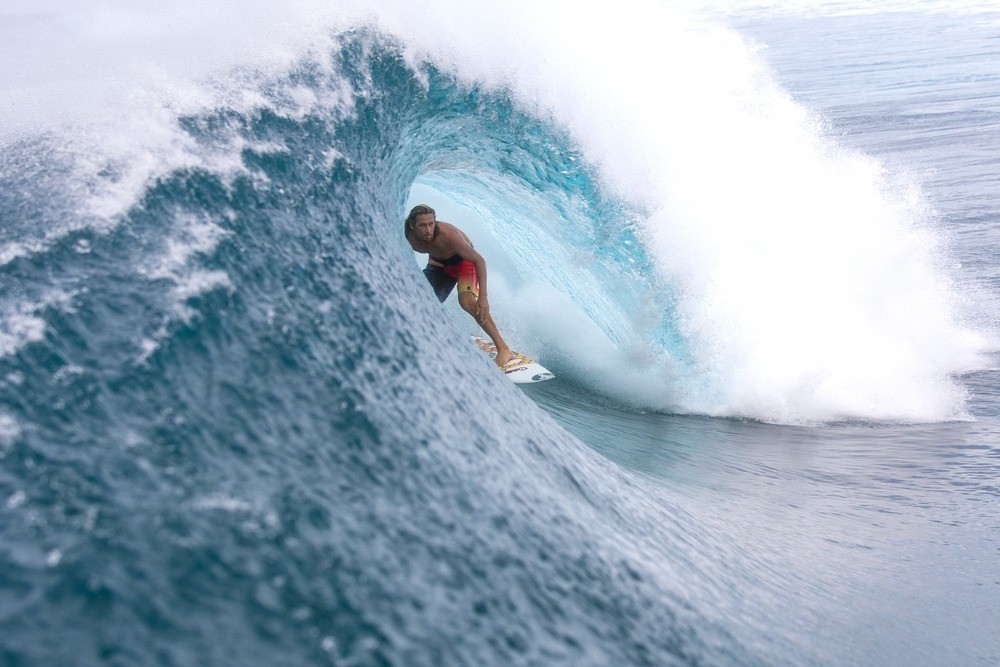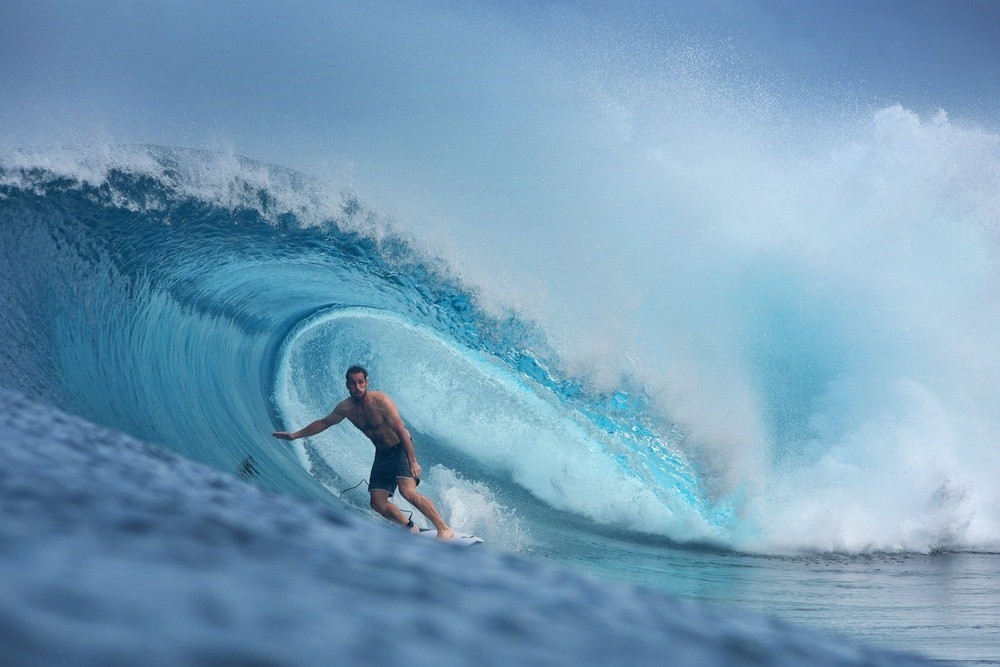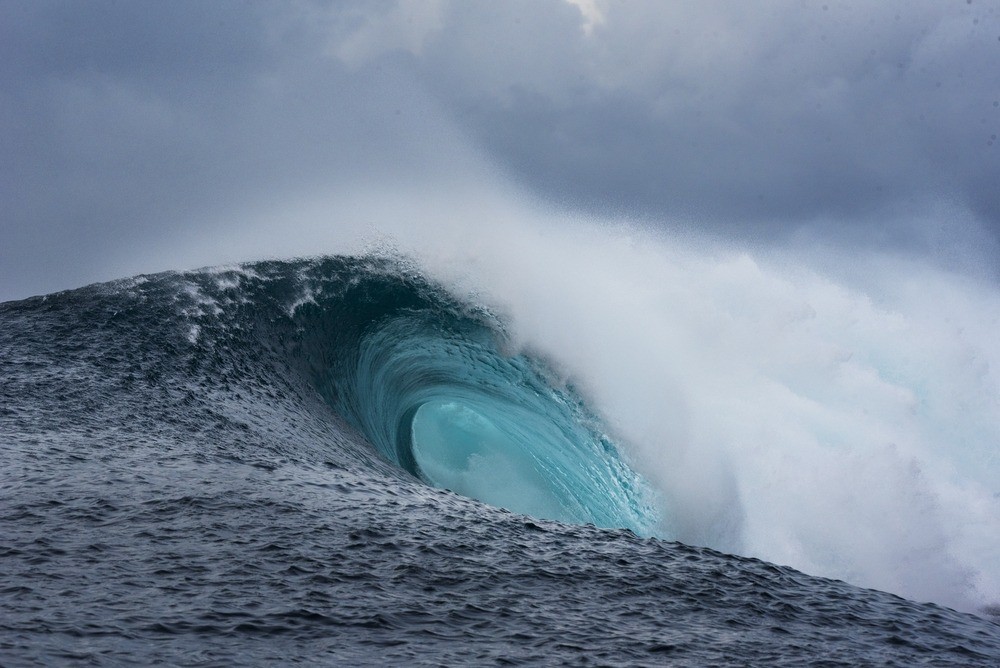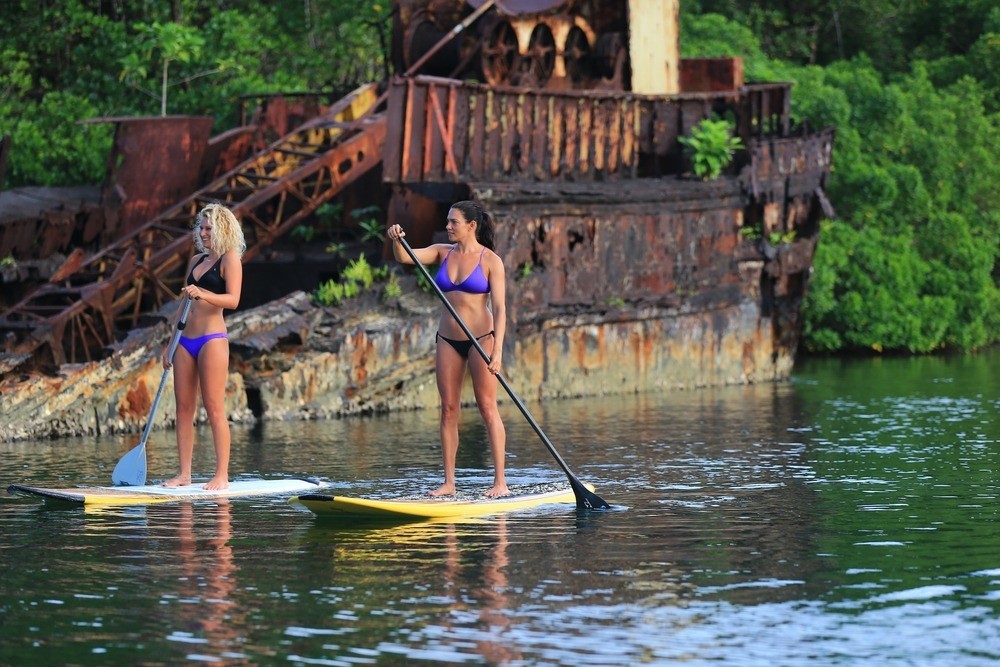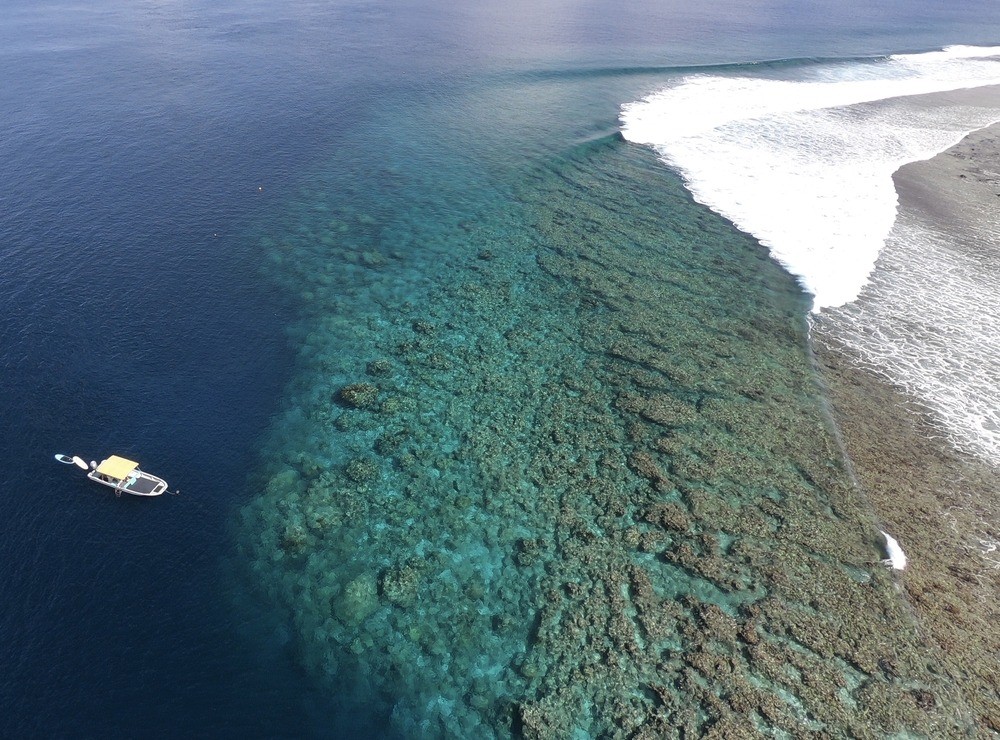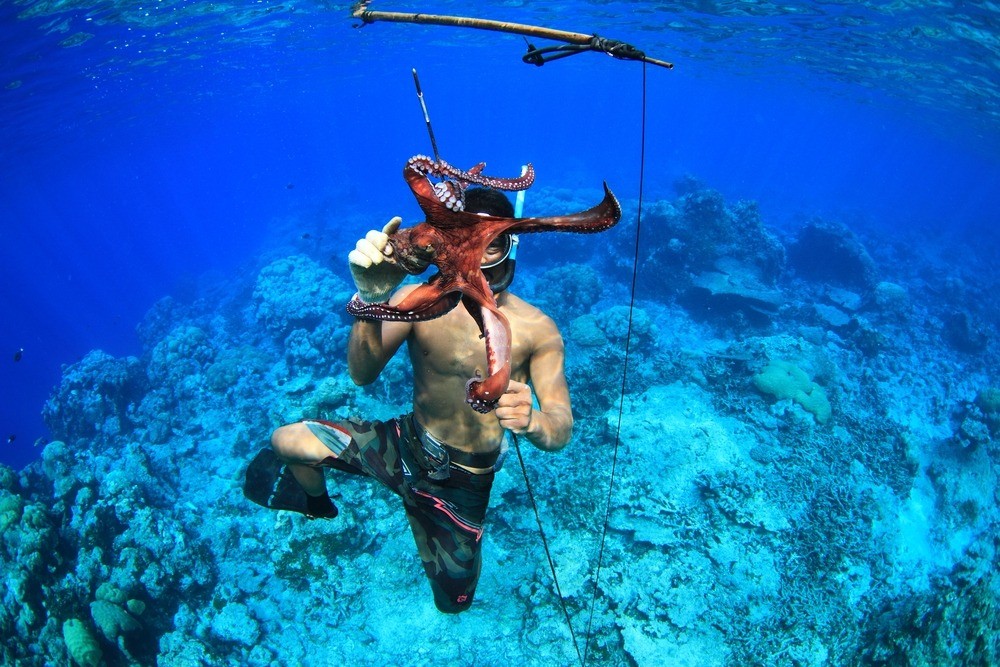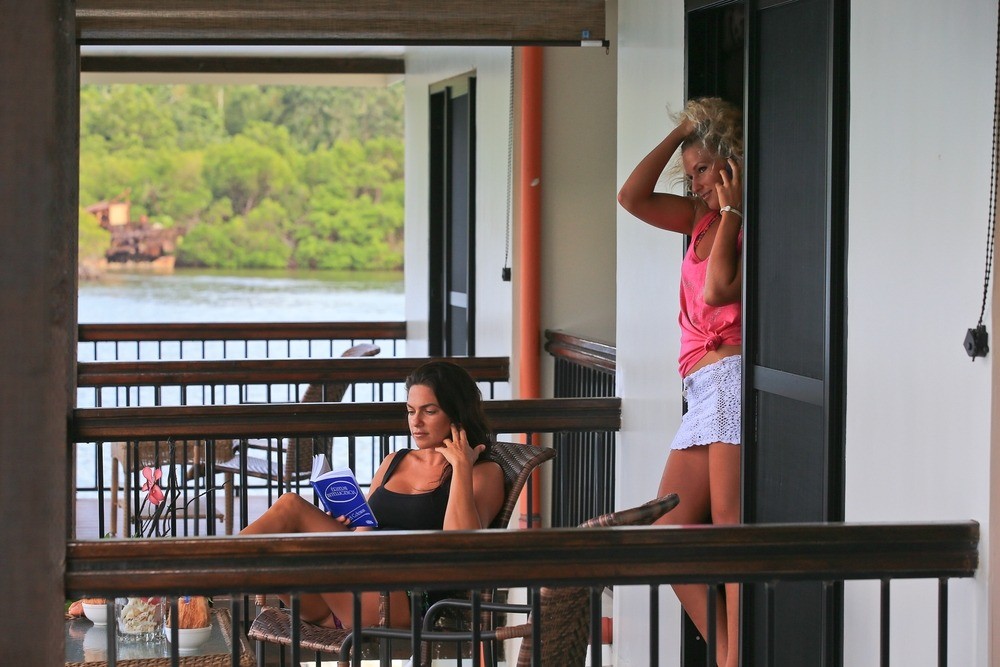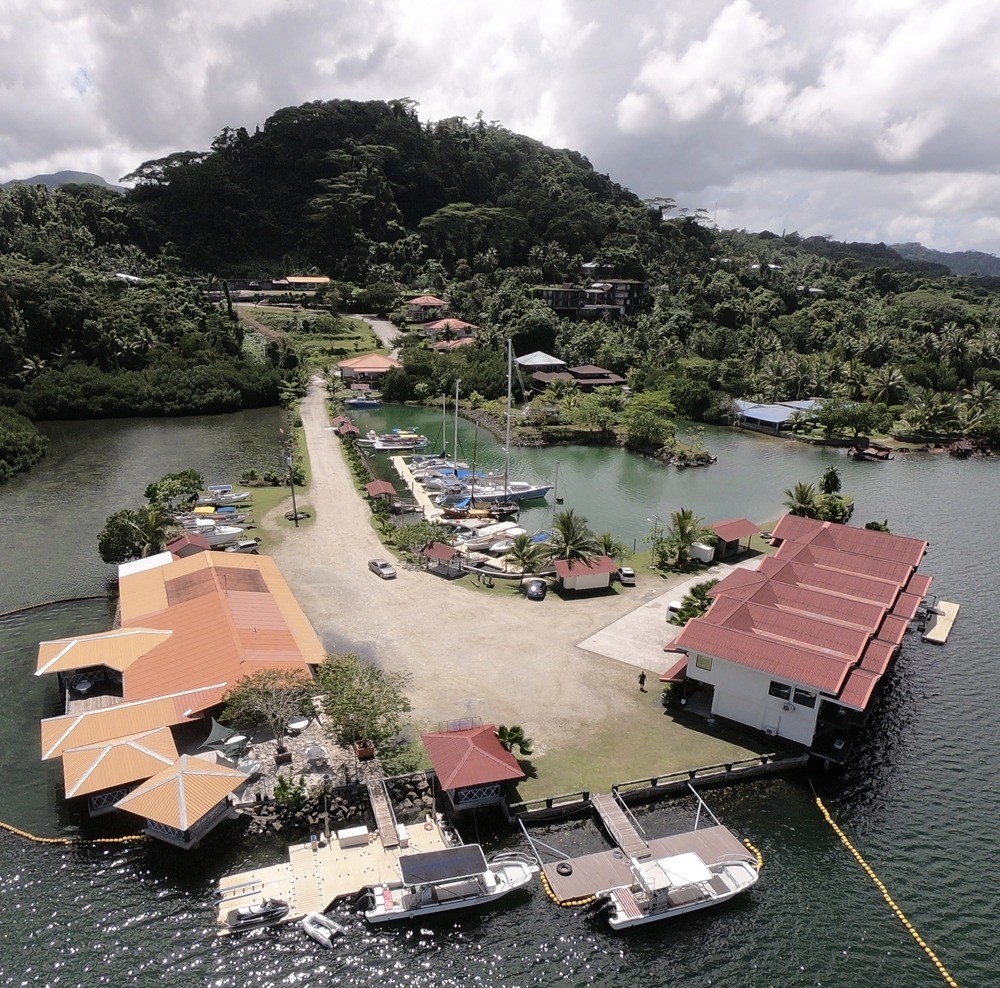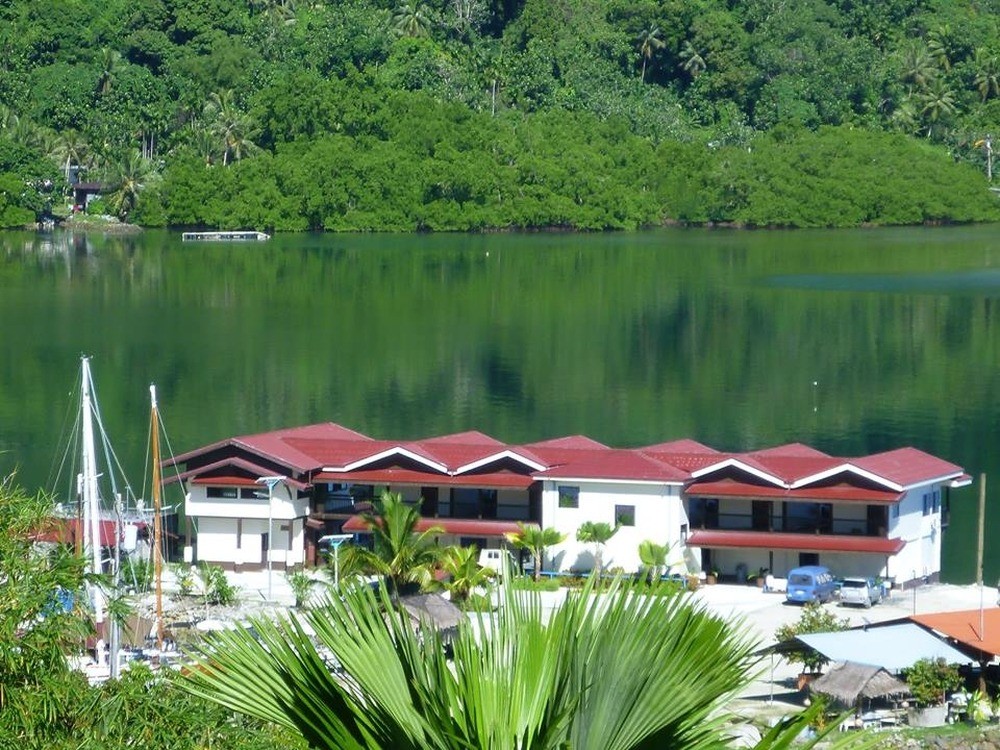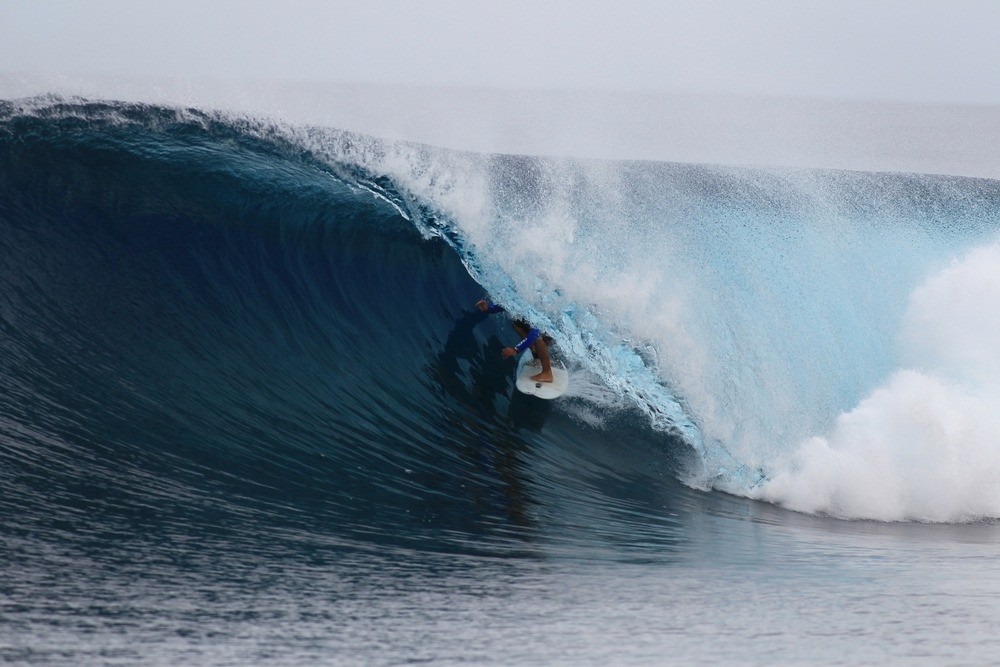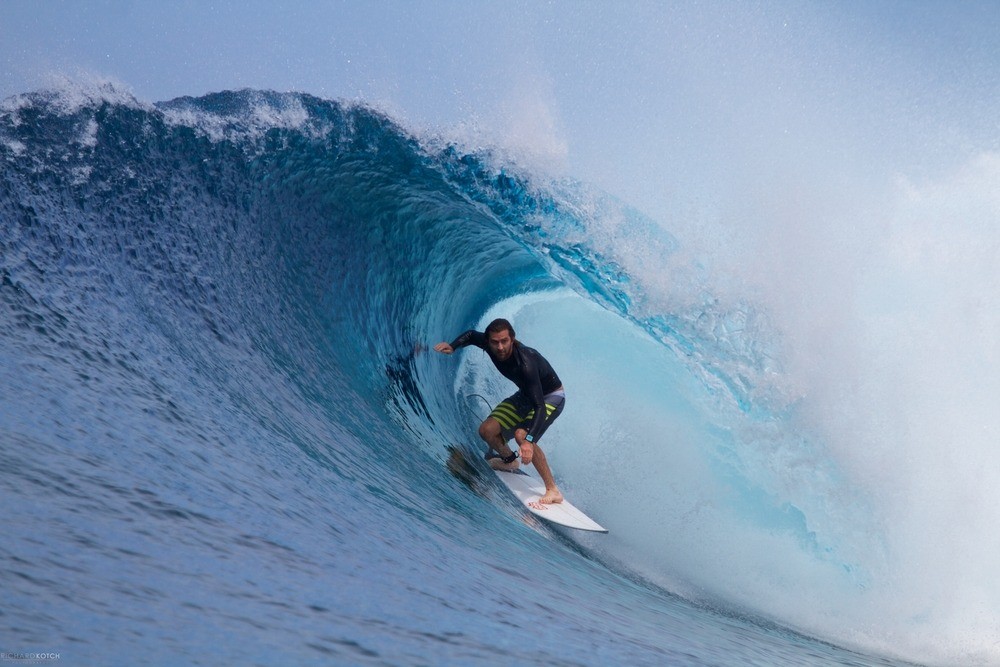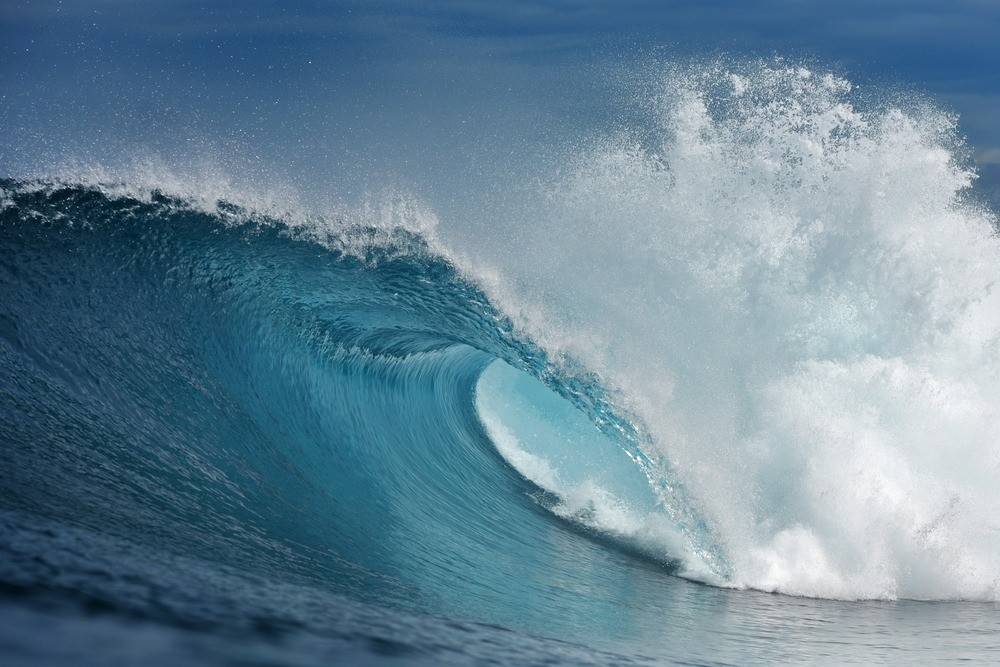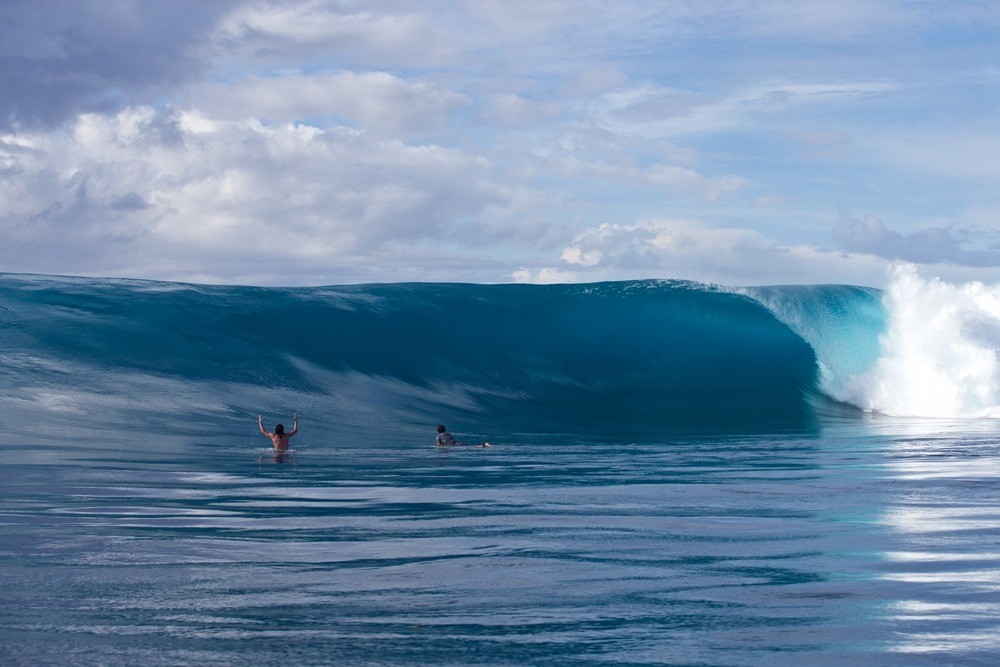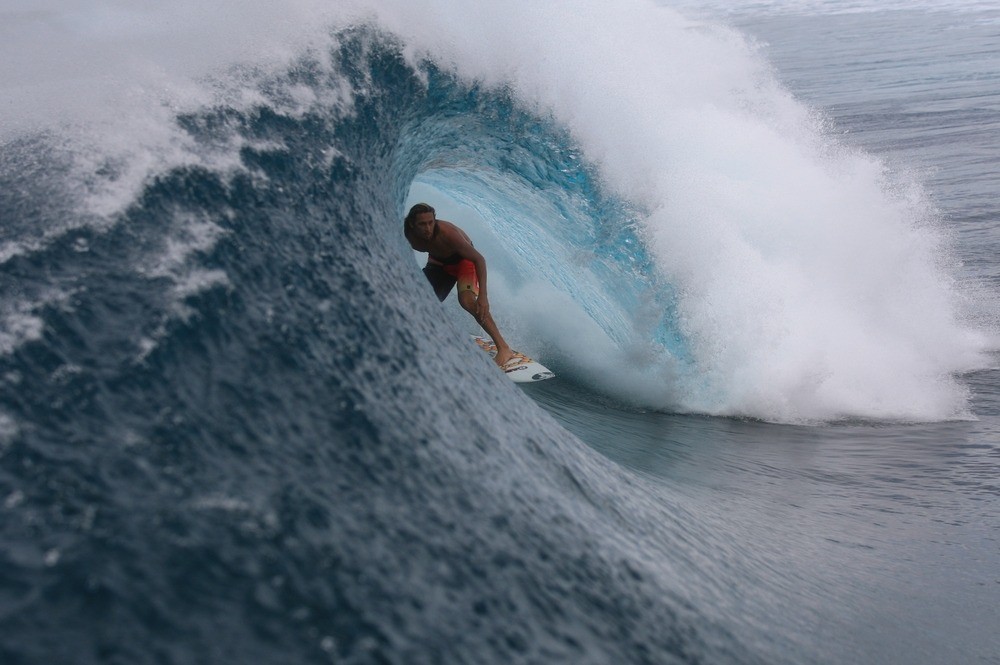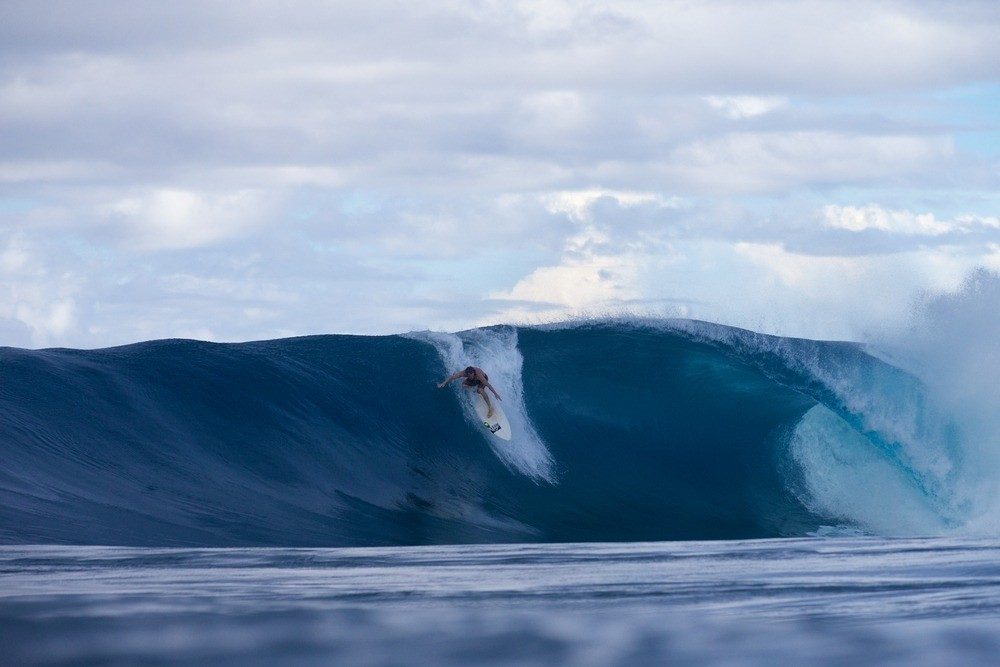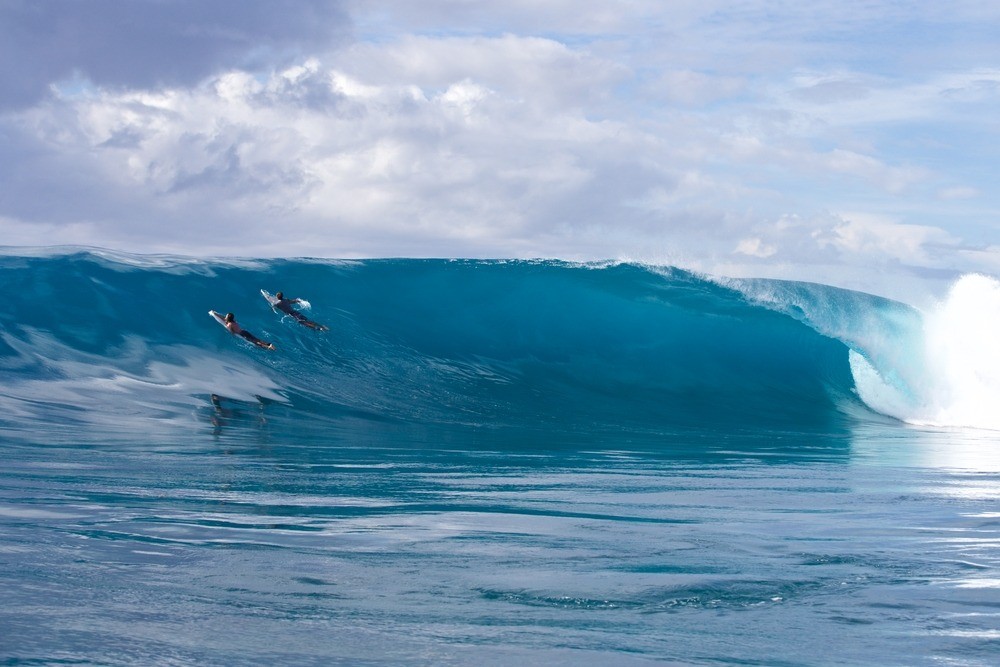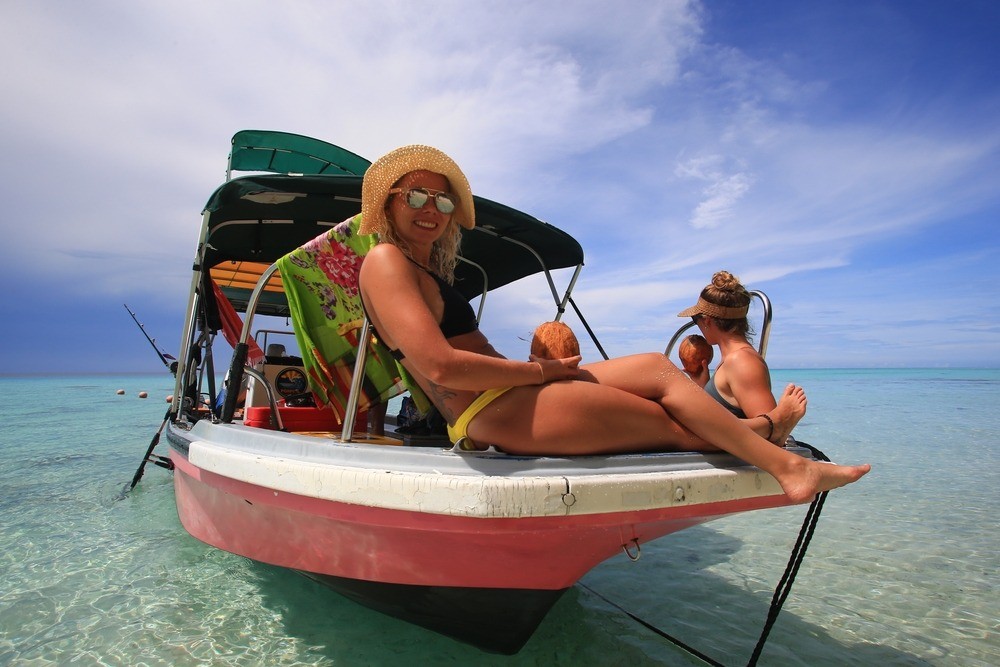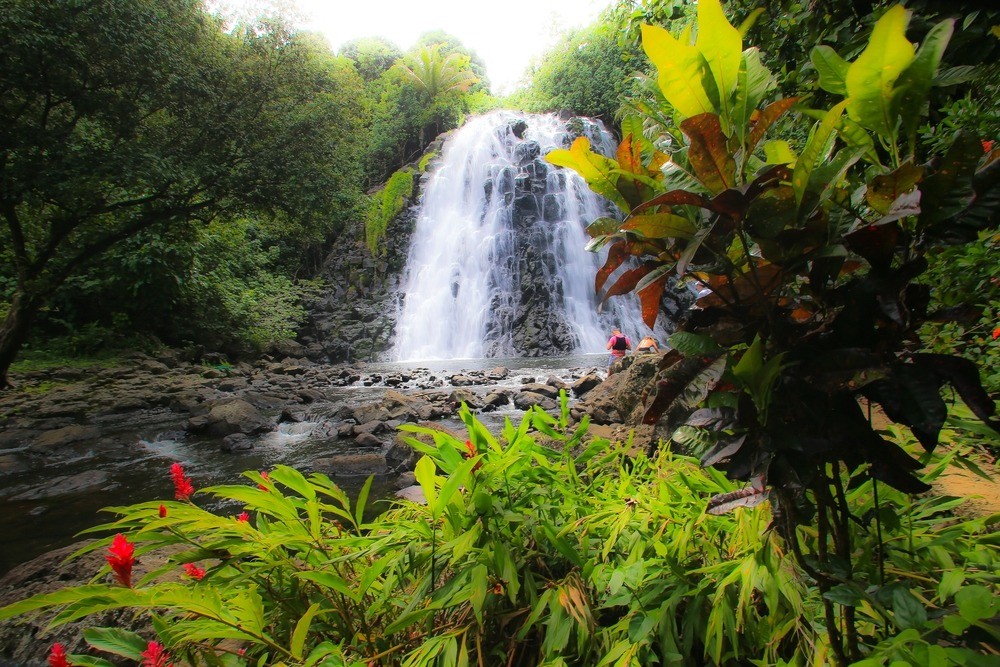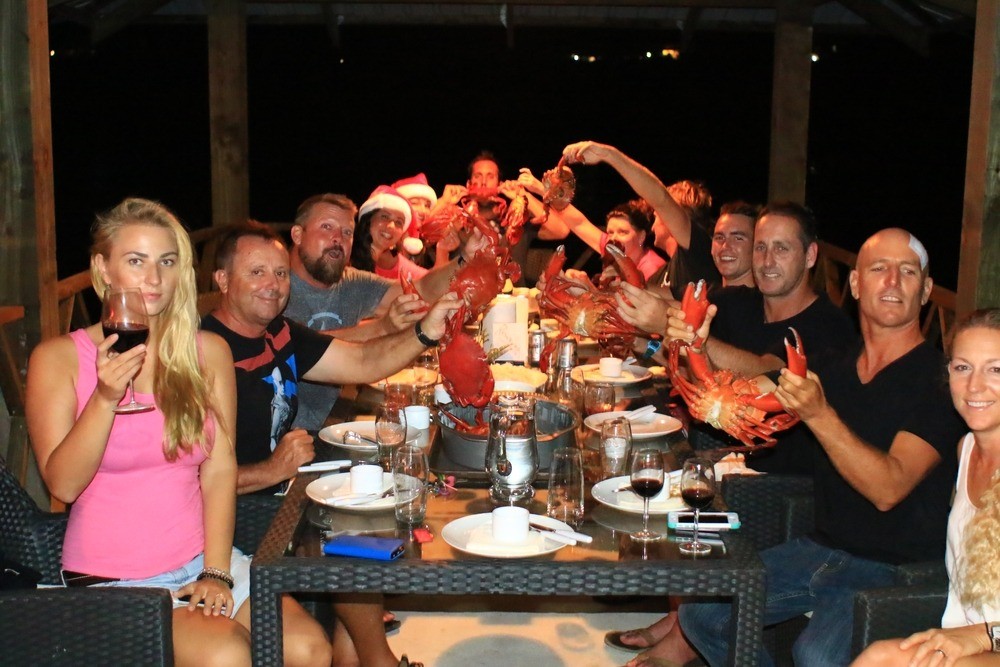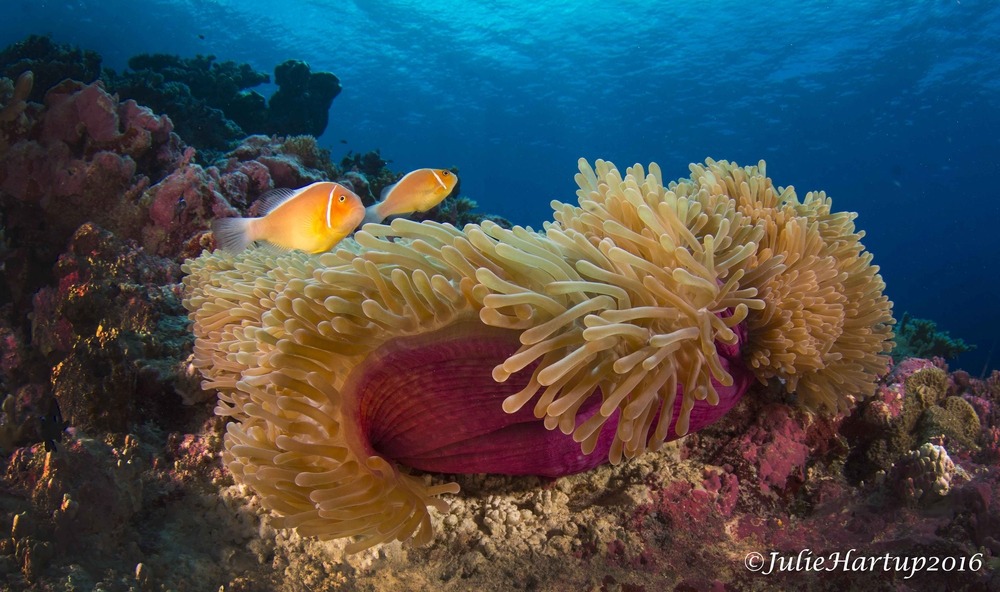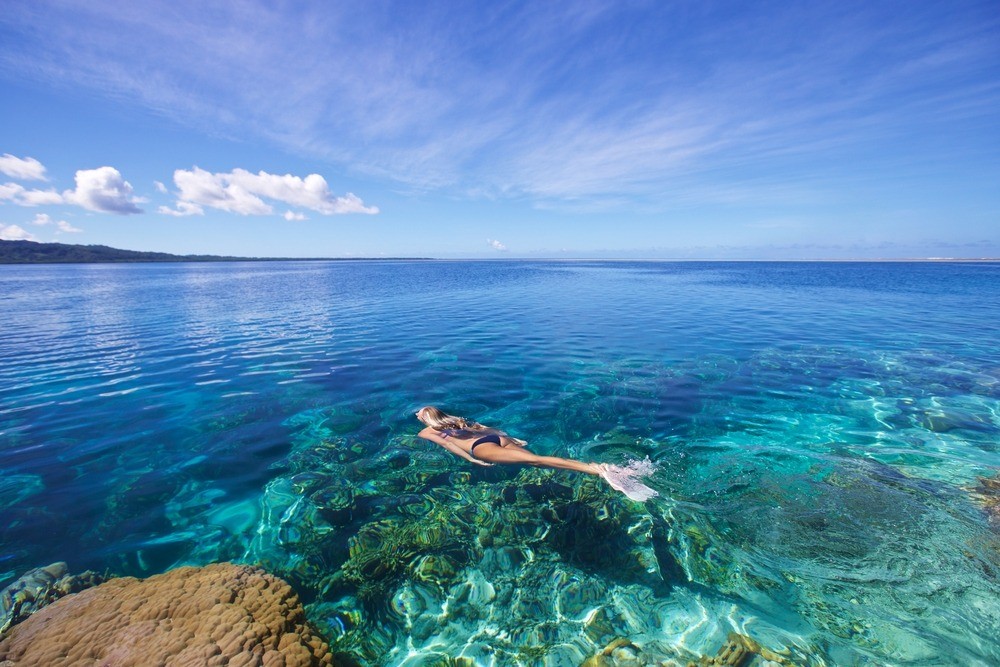Pohnpei Surf Club
Caroline Islands, Western Pacific
Overview
The Pohnpei Surf Club is the longest running operational surf camp in all of the Western Pacific.
P.S.C. surf and dive staff has more experience and knowledge than anyone else on the island. All boats are upgraded seasonally and maintained regularly to make sure all guests will get to the best waves, biggest fish and most spectacular diving while also insuring everyone is back on land in time for dinner.
Lagoon front location with water and mountain views from the balcony combined with direct water access make this location ideal for launching in to your next adventure.
Unique Accommodations
Accommodations
Pohnpei Surf Club in partnership with Mangrove Bay Hotel & Bar accommodates all Waterways guests just a 10-minute car ride from the airport.
Pohnpei Surf Club guests have direct access to the water, a nice dock for the boat fleet, 7 lagoon-front rooms, a full-service bar and the best sushi restaurant on the entire island! P.S.C. and Mangrove Bay Hotel provide double rooms with a waterfront balcony, TV, Air Conditioner, WIFI, and a beautiful view of the lagoon and mountains. This is the perfect option for surfers looking for comfortable, modern accommodations with full amenities or for couples seeking a unique, authentic experience in the Pacific Islands instead of another chain resort experience.
Fast Internet connection in the rooms, bar and restaurant along with an ideal central location make the 2016/2017 season the best ever to visit Pohnpei.
Space at the hotel is very limited, so advanced bookings will be required.
Amenities
- Walking distance to shops, restaurants and bars
- Direct water access
- Wi-Fi
- TV
- A/C
- Waterfront balcony
Surf & Seasons
The Surf
Located a short 15 minute boat ride from Palikir, P.S.C. has the most comfortable fleet of boats on the island to surf P-Pass or whatever other wave will be working on that day. Micronesia has some of the best waves in the world and Pohnpei has by far the best one in Micronesia. Expect warm, crystal clear water, with perfect powerful waves. In Pohnpei, waves break far from the beach, similar to Tahiti or Fiji, either on the barrier reef or near a reef pass. Pohnpei surf season goes from early September thru early May. Up to a few feet overhead, the waves on Pohnpei are user-friendly. Once the surf gets bigger, you enter another level of surfing. Late drops, fast down-the-line rides, and hollow barrels are the norm.
It is not possible to check the surf from shore so the only way to get to the waves is by boat. Most of the swells that reach Pohnpei are generated by North Pacific winter storms but the island does not necessarily have the same swell window as Hawaii. Typhoons in the Western Pacific can also send very strong surf to the island.
The Pohnpei Surf Break Down
No, Pohnpei is not always 8 to 10 ft Hawaiian with top to bottom barrels and pro surfers like you see on surf magazines. Those days do happen 2 to 5 times depending on the year. On most days during the surf season the Pohnpei surf scene is comprised of around 20 laid back surfers on the whole island. During the off-season you will be lucky to find someone to surf with at one of the off season spots or on an odd day at P-Pass.
Most swells that hit Pohnpei are from the North with size ranging from shoulder to double overhead . At this size P-Pass and most of the other waves in Pohnpei are for the intermediate to advance level. On a head high day and a high tide P-Pass is a very easy and friendly wave to ride. Ninety per cent of the waves surfed in Pohnpei are located on reef passes. The other waves are all located on bends on the barrier reef. Because there is no way of checking these waves except by boat, and in most cases by leaving another perfect wave, these reef bends are hardly ever surfed.
There are no beach breaks or waves breaking close to the island in Pohnpei. All waves in Pohnpei break on the barrier reef and do require a boat ride.
P-Pass
It is a perfect right-hander. P-Pass is a short for Palikir Pass. Palikir is the name of the area in which this wave is located, a district of Pohnpei. Palikir Pass is by far the number one wave in the region. Not only perfect but also works under most conditions. The predominant trade winds are always off shore or side shore.
Any swell from the NW to NE will make it work, with a straight North being the best for Palikir Pass. Too much E on the swell and it starts missing the pass because Palikir Pass faces a perfect NW and the wave still has to wrap around and into the pass. With too much W in the water the wave can start to close out on the inside. Most swells that hit Pohnpei during surf season are from the North with small variations from the East and West. Most swells that hit Pohnpei in Winter (Nov-April) range from shoulder to double overhead with occasional bigger days.
On most days Palikir can be surfed at any tide and the reef is much more user friendly than Indo, Tahiti or Fiji. There is no reef walking unless you might have to retrieve your lost board on a really low tide day. Swells direction for Pohnpei has nothing to do with Hawaii or anywhere else in the Pacific. Located between Honolulu and Manila and a completely different swell window from Hawaii. These North swells sill require the same kind of Low-pressure systems as Hawaii, but from a different location in the Pacific Ocean.
Under small conditions Palikir Pass is an easy wave for an intermediate surfer. Once it reaches about 10 feet on the face you enter a different level of surfing. Even at that size it is an easy and perfect wave to ride with a predictable take off and absolutely perfect wall and sections you can ride all the way until it becomes a chest high wave, or you can just ride the first two barrel sections and paddle back for more. On most days there is no current at Palikir Pass. On some extreme tide days the current can get strong and move towards the channel for 30 minutes to one hour and then stop. The tide variation on Pohnpei goes from 3’ to almost 6’ on the most extreme tides of the year.
P-Pass holds good all the way to 10 foot Hawaiian. At this size or bigger, the wave will start doing a double up similar to Shipsterns in Tasmania. Our guest Mark Matthews from Australia called it a “tropical Shippies” on the biggest day ever surfed.
If you don’t like those giant days with lots of pro surfers and photographers around, don’t worry because those days only happen a few days a year. On most days you will be living a warm Pacific dream setup with a crew of friendly surfers sharing the line up taking turns in perfect waves. If you want to be part of the friendly crew of surfers that share these line ups, DO NOT BACK PADDLE OR PADDLE AROUND, DON’T DROP IN, and DON’T BE SNEAKY. The wave is perfect and everyone out is polite, so wait your turn, enjoy the ride and come back out for another one.
At Palikir you can surf at any tide meaning no waiting for the tide or winds to come up. Unless we are on some extreme low tides and powerful swells, we just move a little up the reef. The only time you might walk on the reef is if you lose your board, and most of the time the winds will blow it right to the channel, where the boats can go pick it up. The main reason why people love and talk about Palikir Pass is because a regular guy can come out here and ride a wave, which at any other break in the world would have dozens, if not hundreds of locals and pro surfers fighting for that same ride. Here you will have a shot at riding a wave you see mostly in a photos or movies, without the hassle you would find at other well-known spots around the world. Of course it also always depends on your level of surfing, so stay within it. For sure, the ride of your life!
Once the north swells are in and the trades are blowing, no one wants to surf anything but Palikir Pass. But there are options on the right days. On a high tide the Lighthouse can be a fun wave, and the Main Pass always bigger and challenging. To surf the Main Pass you have to make the wave or you might be in for some serious reef walks. The East side has really fun and perfect waves from August until mid to late December. The West side also has some epic spots and on a giant swell there are other options that can go from a fun escape to the most epic ride of your life. No kidding. As for most of the other waves in Pohnpei, we hardly see any surfers around as most don’t know about them, or where and when to go. Leave it to us to get you there.
Always make sure to get good travel insurance. 99.9% of P.S.C. guests have never needed to use it, but for the other 00.1%, it’s a way to get home safe and alive. Be safe and smart when you travel. Get travel insurance!
Boats
The main boating priority is to get you quickly and safely from point A to point B.
A majority of the days will be spent inside the boats using them to explore the island’s beautiful and diverse dive sites, surf spots and fishing grounds.
Experienced captains and surf guides can and will put you straight onto the best right hand reef pass in the world, with the famous P-Pass just 15 minutes (or 8 miles) or so across the lagoon at full throttle. There are numerous other reef passes around the island that may also be working well on various swell directions or opposing winds within easy striking distance with our boats. Our boat pilots are born and raised here and know how to navigate every reef, shoal and tidal change that effects local conditions.
All boats are very well maintained and equipped with cell phones, radio, first aid kits, GPS (rarely needed) coolers for food and drinks, ice, lots of shaded area, seat cushions, fishing and diving equipment upon request.
There are currently three fiberglass boats in operation ranging from 30’ to 33’ long. Each is equipped with the latest generation Honda outboards and a combined 800+ hp in the fleet. Averaging a speed of 25 to 30 mph under good conditions guests can enjoy a safe, comfortable and fast ride to maximize surf time and minimize hassles.
Boat Rides
Departure time each day is based on the activity, location heading, tides and weather.
With up to eight total guests only one boat is used. When we have more than 8 guests a second boat is used.
On most surf days breakfast is prior to launching the boat. Expect a good breakfast and go! When prime conditions and long days are on the horizon P.S.C. will make sure to pre-order take-out food for a second meal later in the day.
On days two boats launch, the first one leaves early, with or without breakfast, and the second one leaves around one to two hours later. That helps to break the crowd up and give everyone time to catch waves.
P.S.C. will usually bring some snacks and water on the boat but you are welcome to bring your own food or order some take-out from the restaurant.
Ideally, guests will want to spend the whole day out, especially if the surf is good.
When there are two boats out, a group that wants to return to the hotel can go back on one of the boats, usually leaving the bigger boat out at the lineup for a later return to the hotel.
In twelve seasons P.S.C has not had a boat accident with guests or a boat that had to be towed back to the camp from any unsafe location. Even if there is a motor problem there is always a boat on standby at the camp to come pick you up as well as many good friends on the island that are always happy to help!
Season and Weather:
Peak: March – September
Good: November – February
Waves:
Average Shoulder high, up to Triple overhead
Winds:
Offshore 90% of the time
Air/Water Temp:
Air: 75º to 90º (day) • 70º to 75º (night)
Water: +68º to 90º (Tropical)
Area Breaks:
12+ quality breaks (fun for most skill levels)
Synopsis:
The weather is always hot. The only time you might feel cold is during a rainsquall or when the boat is moving. Bring a rain jacket for these days and lots of sun protection for when it is not raining. The ocean water is always warm, around 85+ degrees. The surf season on the North side of Pohnpei is from October through April with occasional swells in September and May. Winds have a tendency to blow very light and variable from August through December. Trade winds will blow from December until around June or July. Trades winds are offshore at P-Pass. During every winter there will be a time when the trades will blow stronger then suddenly dying out into perfect conditions for surfing. For most of the time you would not find a place on earth with such perfect wind conditions. Palikir Pass can handle trade winds unless they start blowing too strong or with a rare Northerly direction.
For the last 11 seasons waves have been good and not so good during every month of the season. Every year it is different.
During early season, September, October, November, up to mid-December, the island gets the cleanest conditions. There are years where September has more good days than peak season. One thing is for sure during early season- the least amount of wind opens up surf options for the East and Northeast sides of the island and maybe some other special spots. Not only do the conditions get really clean during early season, the winds also shift from trade winds (NE) to Southwest, bringing the east side alive. Early season swells can come from typhoons to the West, from North Pacific lows off Japan or trade winds swells from the East.
During the month of December and January the trade winds can come back. The trade winds cycle can last all the way to May but not necessarily strong. Light-to- moderate trade winds are good for P-Pass and very common. During the months of December thru April, most swells come from the North and P-Pass is the place to surf. There can be perfect waves every month from September thru late April but not necessarily every month of every year. It is different every year.
Activities
Activities
The Pohnpei Surf Club experience is about seeing the most and the best Pohnpei island has to offer from the moment they step off the plane.
Nan Madol – Ancient and incredible are the mysterious Ruins of Nan Madol. Words or pictures are not enough to explain. You have to be there in person to feel and try to understand the meaning or try to figure out how it was built. Nan Madol recently became a World Heritage Site in 2016.
Waterfalls – From a five minute easy hike to an all-day six waterfall tour. What would you expect from an island with tall green mountains and lots of rain? There are more waterfalls in Pohnpei than you will ever be able to see on one trip.
Outer Atolls Excursions – Ant and Pakin Atolls are located 10 and 30 miles off shore, respectively. Incredible diving, deep-sea fishing, beaches, reef passes, snorkeling, and bird watching. Other places to visit in include the islands of Nahlap and Black Coral. Black Coral is a Marine Protected area where fish spawn during certain times of the year. It’s one of the best places in Pohnpei to dive and see the aggregation of these fish by the hundreds. Nahlap, on the other hand, is one of the best fishing grounds in Pohnpei.
Hiking – Trails and lookouts like Sohkes Ridge plus World War II historical sites located in many different locations around the island.
In addition to the great Mangrove Sushi Bar & Grill there are also lots of other bars and restaurants within walking distance or taxi ride from your room.
Scuba Diving
Pohnpei the forgotten dive destination in Micronesia. In the 80’s and early 90’s there was a dive boom with around 10 predominantly Japanese operators. Things have changed and as of today there are only two small dive operations in Pohnpei; Pohnpei Surf Club and the Japanese operation. P.S.C. can cater to up to 15 divers at a time but most groups are between 2 and 5 divers. Highlights include unique black morph manta rays, reef sharks and other schooling fish. Drift dives on Ant Atoll provide divers a mix of colorful coral mosaics and abundant sealife. July through early November are the best times to visit Pohnpei for diving, with light winds, calm seas and easy access to most dive spots. During the other months of the year most dives are on the North and West sides of the island (leeward side) for the best conditions. Pohnpei is a laid back diving destination. Lots of passes, drop offs and the outer atolls. Best of all, hardly any divers in the water. For most of our dives, your small group will be the only one you will see out there.
Other Activities Include:
- Fishing
- Hiking
- Exploring
- Diving
- Stand-up Paddling
” You made our trip so much better! We would have been lost without ya’ll! Mmmm… good food. Good people. Good waves. Love this place! It will always be in my heart and soul.”
– JC
Pricing
2025 Rates
Package Includes:
- Airport pickup
- Twin share accommodation at the PSC
- Surf transfers to offshore reefs
- Water, fruit and snacks provided on boats
- Use of snorkeling and basic fishing gear
- Island transport supplied (conditions apply)
- 1 Island Tour
- Airport dropoff
- Free wireless internet
- Use of SUPS around the hotel/mangroves
Additional Activities (extra cost)
- Fishing Trips
- Ant Atoll Day Trip
Booking Conditions
-
Nonrefundable deposit of US$500 to reserve a spot and final payment one month before arrival date.
-
Final Payments or credit will be nonrefundable if within 30 days of departure
-
All pax must have Travel Insurance
